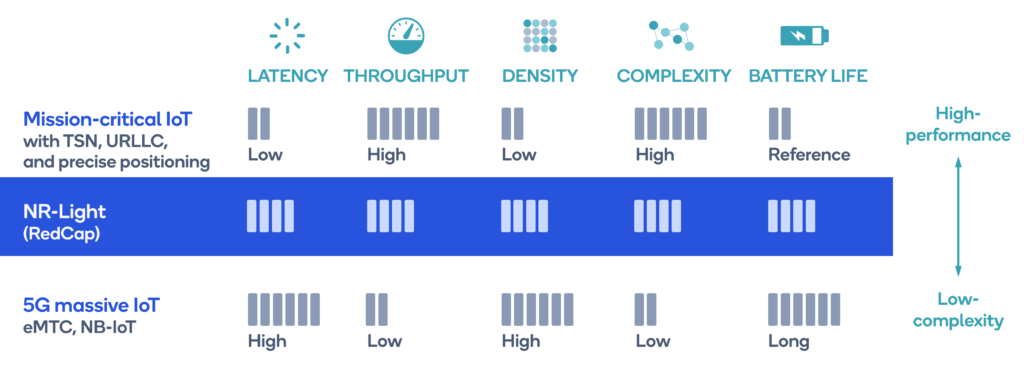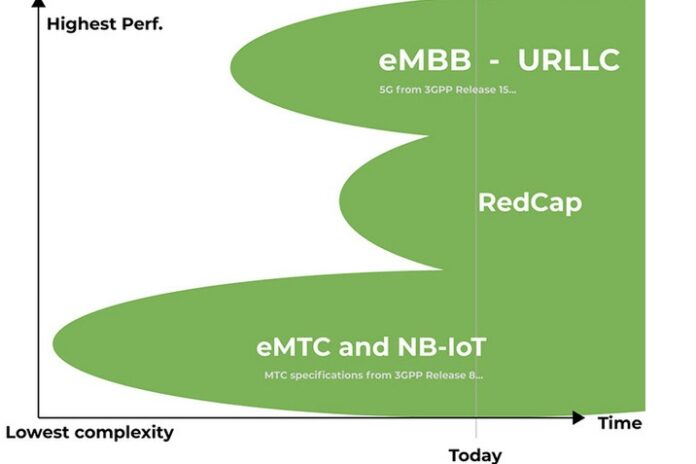This shows the potential and paves the way for a “boom in low-power, low-bandwidth connected devices, from enterprise IoT to consumer applications”
Vodafone, Ericsson, and Qualcomm Technologies demonstrated the first RAN Reduced Capability (RedCap) data sessions on a European network. They say this “paves the way for a multitude of IoT and other connected devices to transmit data more simply and efficiently”.
RedCap is intended to provide connectivity for simpler devices, allowing many more to connect to 5G networks, consuming little power to transmit and lowering costs. The idea is to expand 5G use cases and enable new ones. The devices could be anything from consumer wearables to a range IoT devices like smart water meters.
As 3GPP explains, “RedCap doesn’t have its own overall specification, but it is a feature that has a wide impact on existing specs, to allow new radio (NR) to accommodate RedCap as a bridge between support for low complexity and high performance use cases… bringing in ‘middle of the range’ devices,” as shown in the 3GPP schematic at the top of the story.
The demo of New Radio Light (NR-Light) technology, for which 3GPP most commonly uses the term 5G RedCap NR, took place in September in the Spanish city of Ciudad Real.
It ran on Ericsson’s RedCap RAN software using Vodafone Spain’s live testing 5G network Ciudad Real España Advanced Testing Environment (CREATE). It also used Qualcomm’s Snapdragon X35 platform, which is says is the world’s first NR-Light modem RF. The demo is part of preparations for the introduction of Snapdragon-based commercial devices expected in 2024.

Source: Qualcomm
Note that NR-Light can complement network APIs developed by Vodafone for its customers to extend the battery life of their devices.
A clear path?
Dino Flore, Vice President, Technology, Qualcomm Europe, said, “This successful demonstration is an exciting moment for OEMs, network operators and network users, because it highlights a clear path to new devices and commercial use cases.
“The use of commercial 5G networks for lower-bandwidth applications is an important milestone, not least because this offers a migratory path for low-power devices with a 5G architecture, which also draws on the current and future benefits offered by 5G standalone (5G SA). We will continue to work with our customers, industry experts and our collaboration partners to accelerate the creation of 5G devices which present exciting new use cases for enterprises and consumers.”
Francisco Martín, Head of Open RAN, Vodafone “The results show that networks will be able to support many more energy efficient connected devices in the future.”



